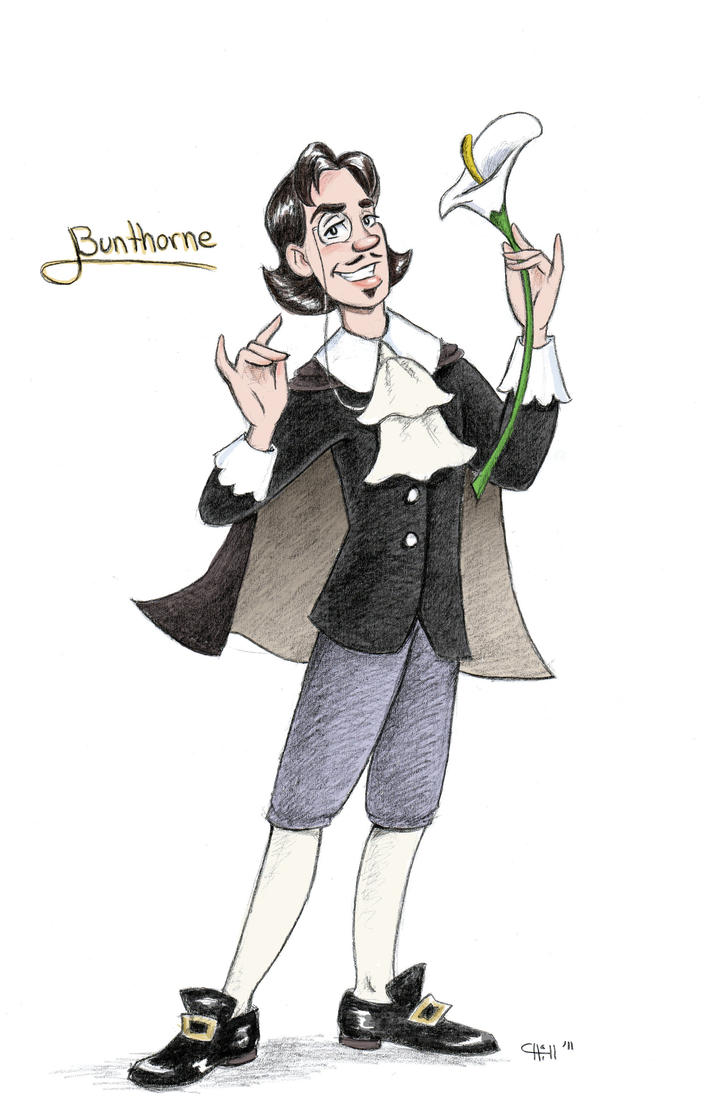An Unguarded Moment of On-line Panic
Troy Martin, an education writer from Educational Experience, asked me if I’d like to write something about a couple of questions:
- What advice would you give to teachers planning to create live sites for their students to publish creative writing?
- What challenges may teachers’ face when moving students’ learning online?
Um, er… yikes! Okay, here’s what I wrote.
I have to admit that when I read your questions I went into a bit of a panic. ‘I don’t know anything about sharing work on-line… I don’t know if I’m doing this well…. I’ll bet my staff or someone on-line has better ideas than me…
Yes – classic teacher-centred panic when faced with the on-line environment. So the first thing that I have to do here is get over myself. What’s the worst that can happen here? Someone could have a better idea and I might learn something.
So here goes: this is what I think. Correspondence gladly entered into.
Because I’m a Teacher of a Certain Age, I make sense of on-line spaces by thinking back to what I know from pre-digital times. I used to do a task with seniors where each group had to contribute a page to a class summary that would then be photocopied and distributed. Today that’s what I use a wikispace for.
Similarly, I’ve always used anthologies, getting students to publish their works as part of a literary magazine or something similar. In the past, students would work with their peers on paper. Today that’s all digital. An edmodo group as an editing circle, graphic software to create the pages for publication, publication on a blog as well as on paper.
This is one where I’m happy to take advice. I’ve invested a lot of time into staying up-to-date on Microsoft Publisher – but I see others using programs like Fireworks with great results. I’ve been reading a lot about ‘fan fiction’ projects, too – and I’m wondering if there’s something better than a blog for sharing these. When I get some time, I’m planning to check out Weebly to see what’s possible there. A quick side note: I’ve just noticed that someone else I know is using weebly like a wiki as well – and it looks better than what I’ve done in the past.
The presentation to the class, formally spoken with palm cards, is something I used frequently – last century. This century, I’ve moved towards digitally enhanced or delivered presentations. The PowerPoint, Prezi or Slideshare particularly. I’m still a fan of the live voice if we’re talking senior assessment tasks but really, I would much rather watch a well-constructed short film than an essay on legs.
Real audiences are important in all this, too. In the past, I’ve been involved in activities where my class has written letters or exchanged work with others in a far-flung, distant land. Nebraska, for example. Skype, Adobe Connect, edmodo all make this exchange more immediate and positive.
So there’s my thoughts. I’ll stress again that I’m not the expert. But I am going to post this on my blog and send it to someone who’s more expert. Alison Byrne, what do you reckon?
